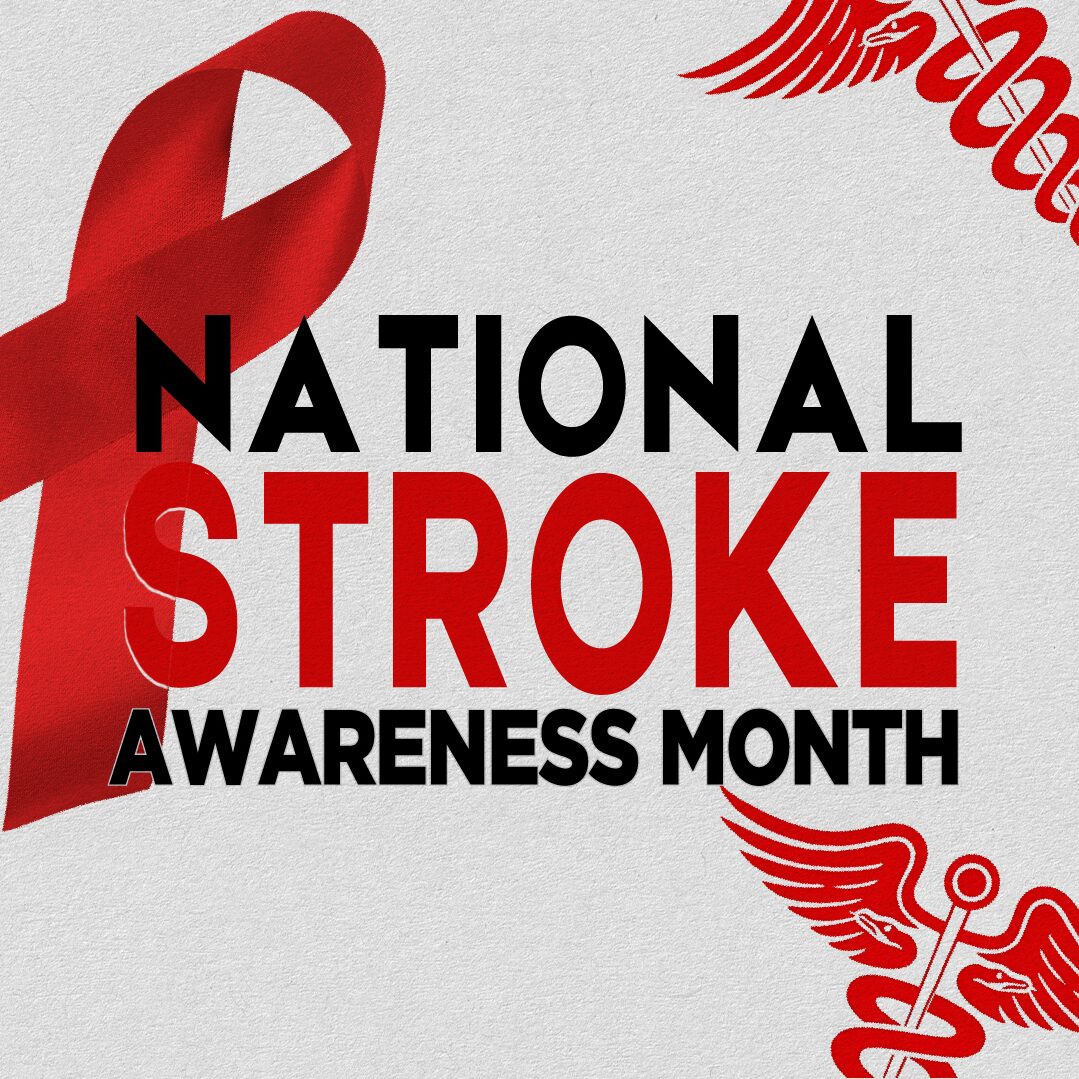Search by Color or Cause


May is National Stroke Awareness Month. When you spot the stroke warning signs, act fast. Recognizing the stroke warning signs and calling 911 immediately may make the difference between a strong recovery or long-term disability, survival or death. In addition, having a stroke puts you at a higher risk for a second one. However, stroke survivors have the power to reduce their risk for having another stroke.
For example, there are things you can do to reduce your risk. This starts with identifying what caused your stroke and uncovering all your personal risk factors. Wear red during May to support National Stroke Awareness Month. Personalized Cause offers red enamel awareness ribbon pins, fabric ribbons, and red silicone awareness wristband bracelets for this important month.
As May marks National Stroke Awareness Month, it is an important time to talk about the signs, symptoms, and treatment for stroke. As far too many Americans know, stroke is the number five cause of death and a leading cause of disability in the United States. Every 40 seconds, someone in the United States has a stroke, and every 3.5 minutes, someone dies of one. This impacts a total of 795,000 people per year.
There are two main types of strokes: ischemic stroke and hemorrhagic stroke. An ischemic stroke occurs when a blood clot blocks blood flow in an artery within the brain. A hemorrhagic stroke, however, occurs when a blood vessel leaks or ruptures within the brain. Its major subtype, intracerebral hemorrhage (ICH), can be very serious and have serious consequences.
Hemorrhagic stroke makes up about 13% of stroke cases in adults, and approximately 44% of strokes in children. A weakened vessel that ruptures and bleeds causes a hemorrhagic stroke. It accumulates and compresses the surrounding brain tissue, which can lead to neurologic symptoms. It can also be life threatening.
ICH is associated with a high risk of death and disability and can affect people of all ages. Because it is most caused by high blood pressure, ICH often goes undetected until a major event occurs. In other cases, ICH may be triggered by trauma, infections, tumors, blood clotting deficiencies, and abnormalities in the blood vessels.
Because stroke can lead to such serious outcomes, it’s important to know the symptoms and what to do if you notice them in yourself or someone else. First and foremost, a stroke is a medical emergency, and every minute counts. Some of the common symptoms of a stroke include numbness or weakness in the arm, face, or leg, sudden confusion, difficulty speaking, and dizziness.
If you think someone may be having a stroke, act F.A.S.T. and do the following test:
It is not always possible to prevent a stroke, but avoiding smoking, getting regular exercise, and following a nutritious diet may help.
Nearly half of American adults have high blood pressure. Many don’t even know they have it. The best way to know if you have high blood pressure is to have your blood pressure checked.
ICH and other strokes can be life-threatening and require surgical, medical, or interventional neuro-radiology treatment. Immediate treatment is essential, and emergency care often focuses on controlling bleeding and reducing pressure in the brain. This can involve repairing affected blood vessels or sealing an aneurysm.
It’s essential to partner with your doctor to understand whether you are at higher risk of bleeding due to a stroke and develop an emergency action plan. Lastly, involve close friends and family members to ensure swift access to care if needed.
Prevent stroke by following the American Heart Association/American Stroke Association’s Life’s Simple 7 tips: